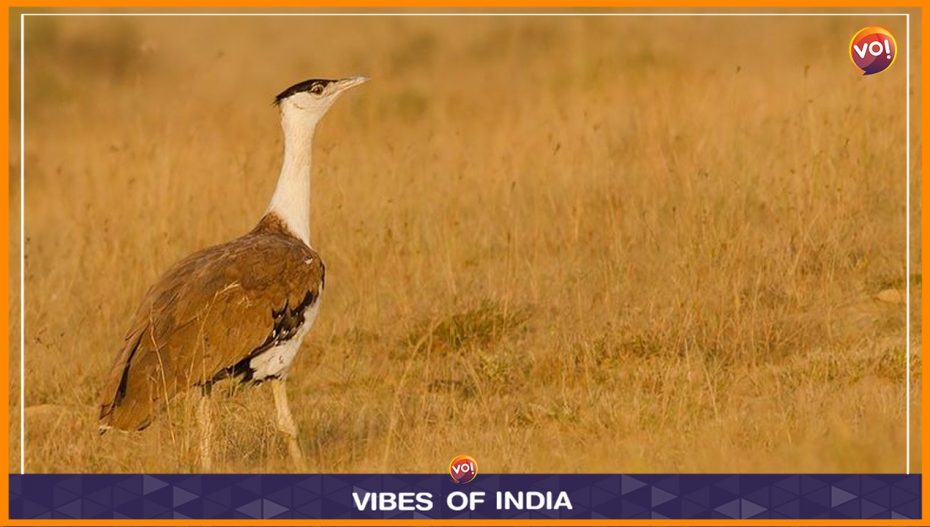Looking at pulling back the iconic bird from imminent extinction, wildlife scientists, who discovered unique versions of genes in the last surviving great Indian bustards outside Rajasthan, have recommended their introduction into the bustard breeding programme. The unique gene sequences, they said, would enrich the gene pool available for India’s conservation breeding efforts underway in Jaisalmer, Rajasthan.
Gujarat has less than six bustards, while Maharashtra, Andhra Pradesh and Karnataka together have fewer than 10 bustards. But they have unique versions of certain genes that could be preserved by introducing them into the breeding programme.
The conservation breeding programme — launched about five years ago by the Union environment ministry, the WII and the Rajasthan forest department with technical support from the International Fund for Houbara Conservation — involves collecting unhatched bustard eggs from the wild and rearing the hatched birds in captivity for future breeding and rewilding of captive-bred birds.
Scientists have estimated India has lost over 90 percent of its bustard population over the past 50 years, mainly due to the loss of natural habitat to agriculture and industry and from bustard collisions with power lines. The bustard is among the heaviest of flying birds and is at risk of such collisions.
Scientists believe the fragmentation of the bustard populations are unlikely to allow natural intermingling. Any possible natural gene flow between the two largest adjacent populations in Rajasthan and Gujarat is unlikely because the Rann of Kutch separates the two populations. In Gujarat, there is no breeding male among the estimated fewer than six birds.
One option the scientists have mooted is to transfer a few female bustards from other states into the breeding programme in Rajasthan in the hope that they will breed in captivity.
Also Read: Old Pension Scheme the ‘Biggest Revdi’ : Ahluwalia












